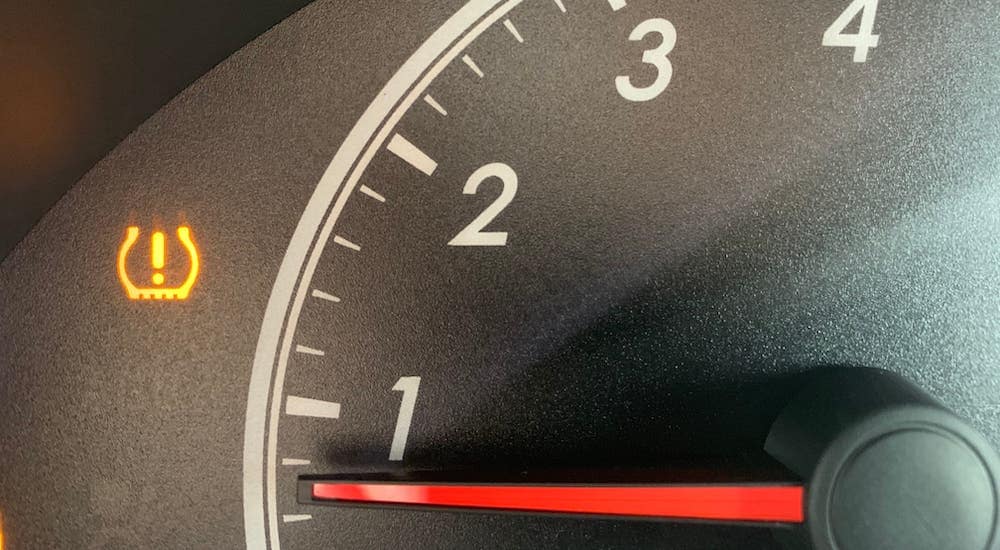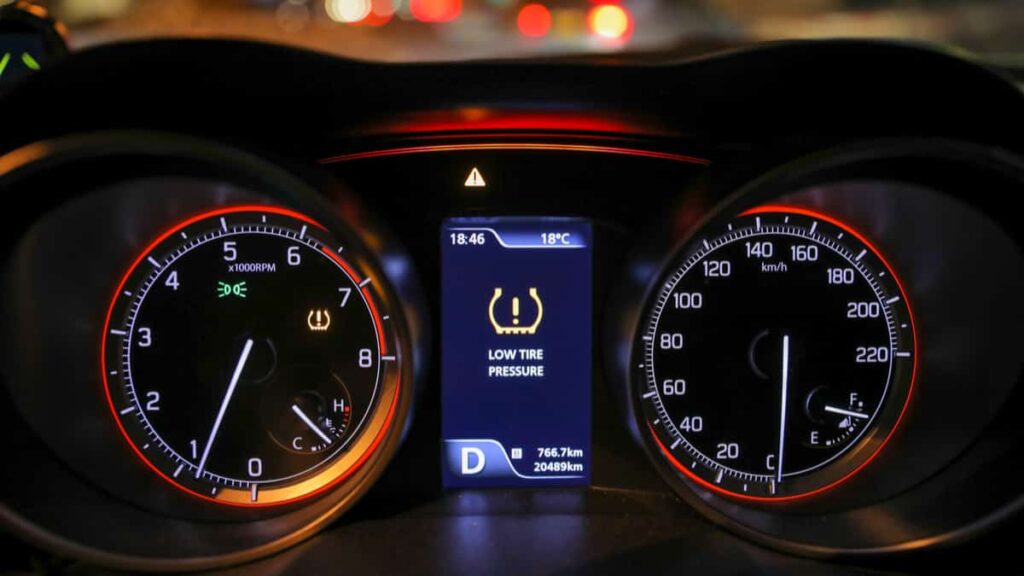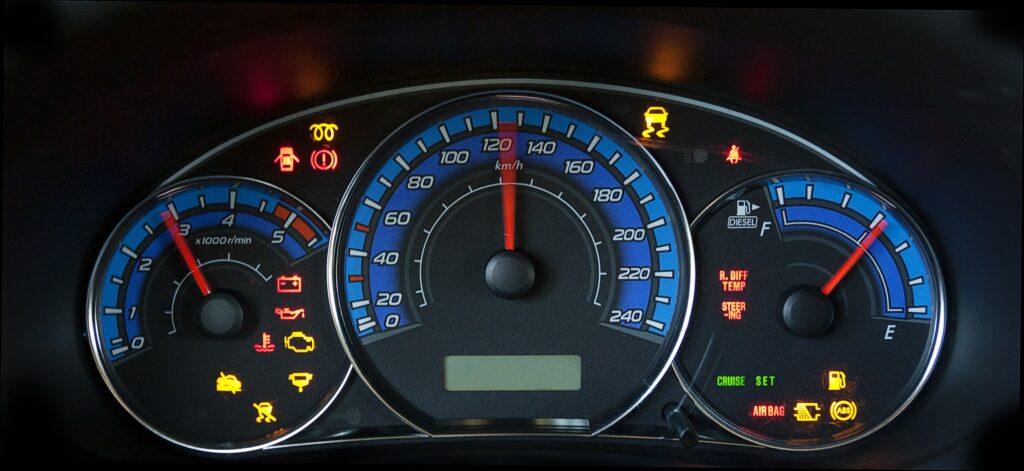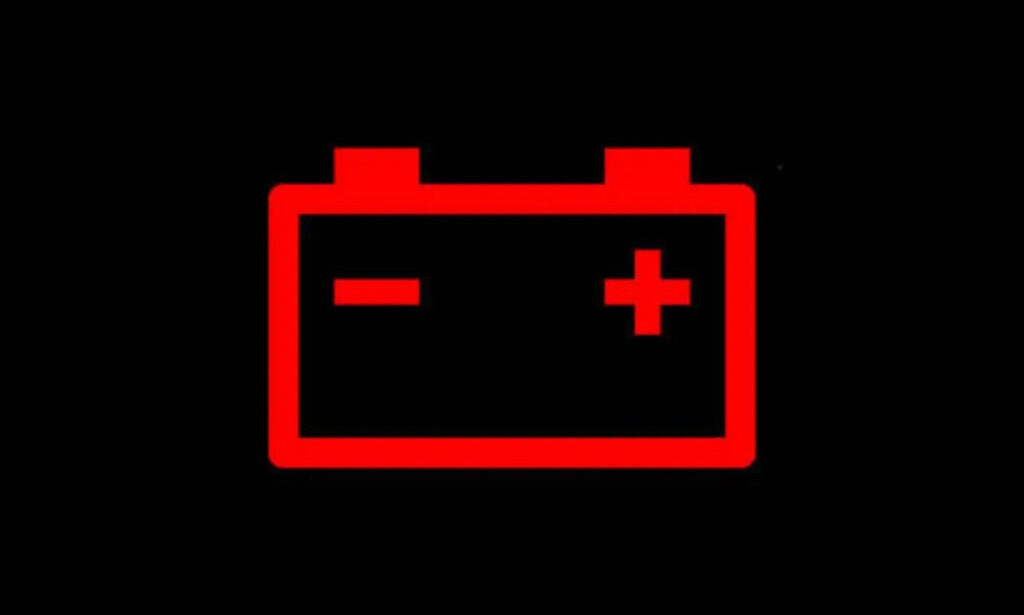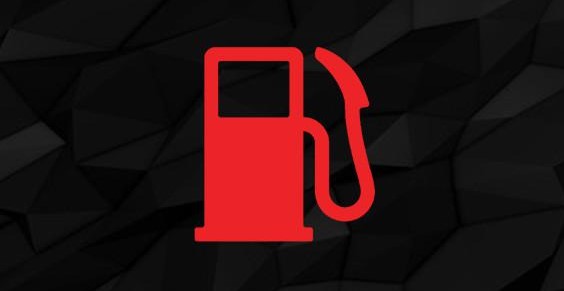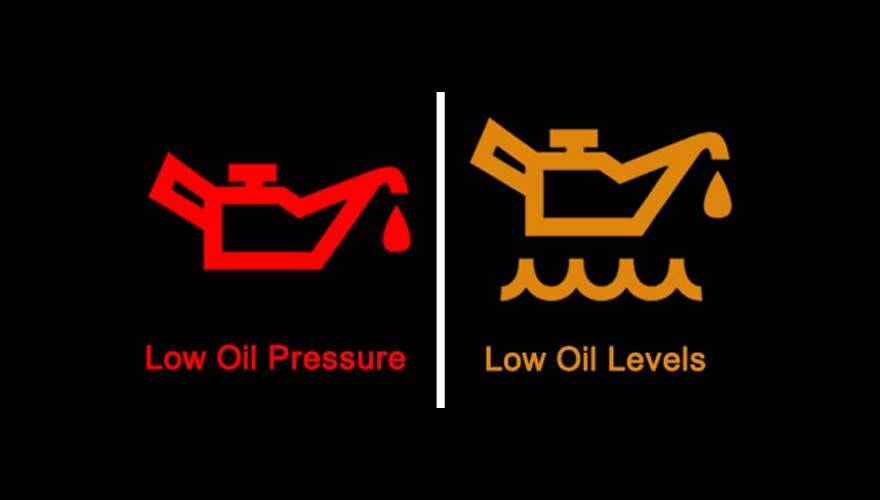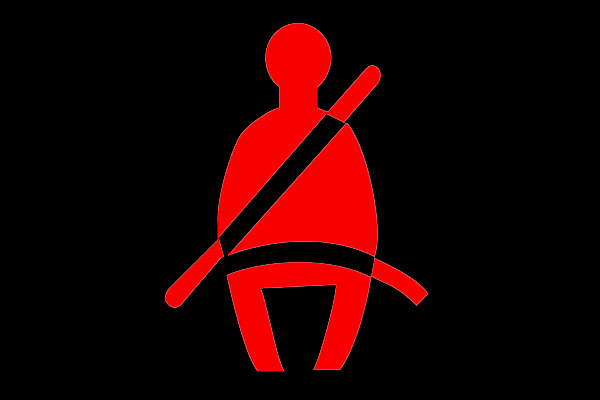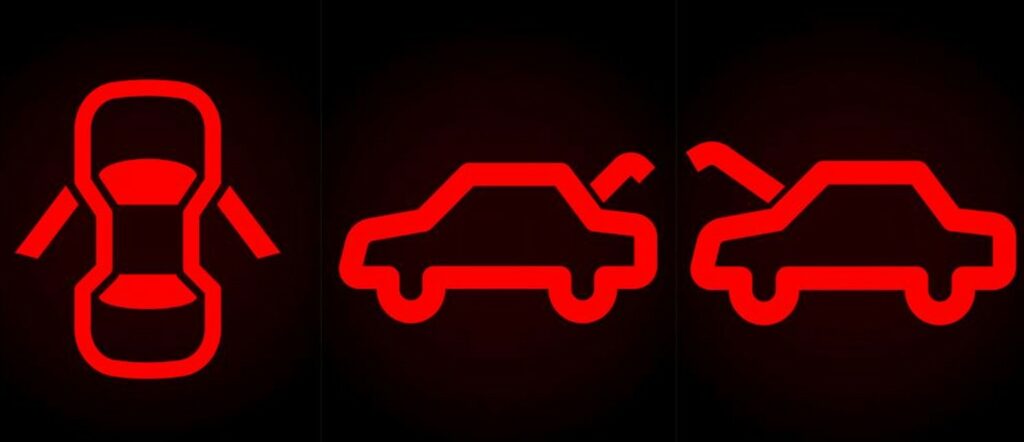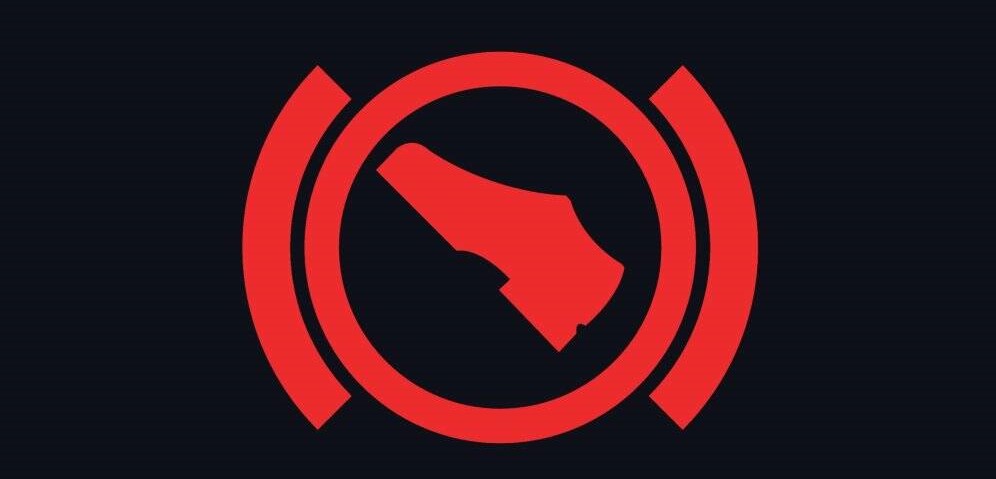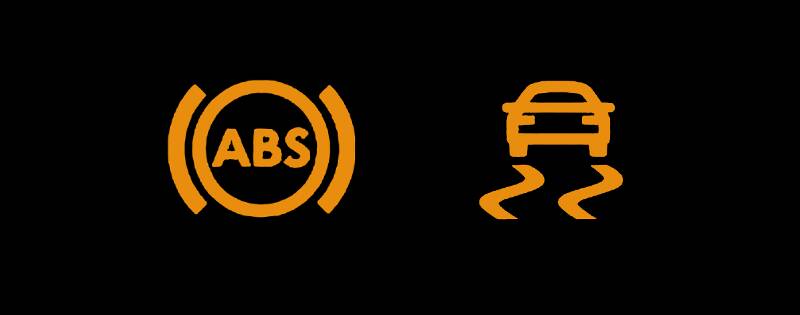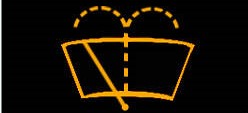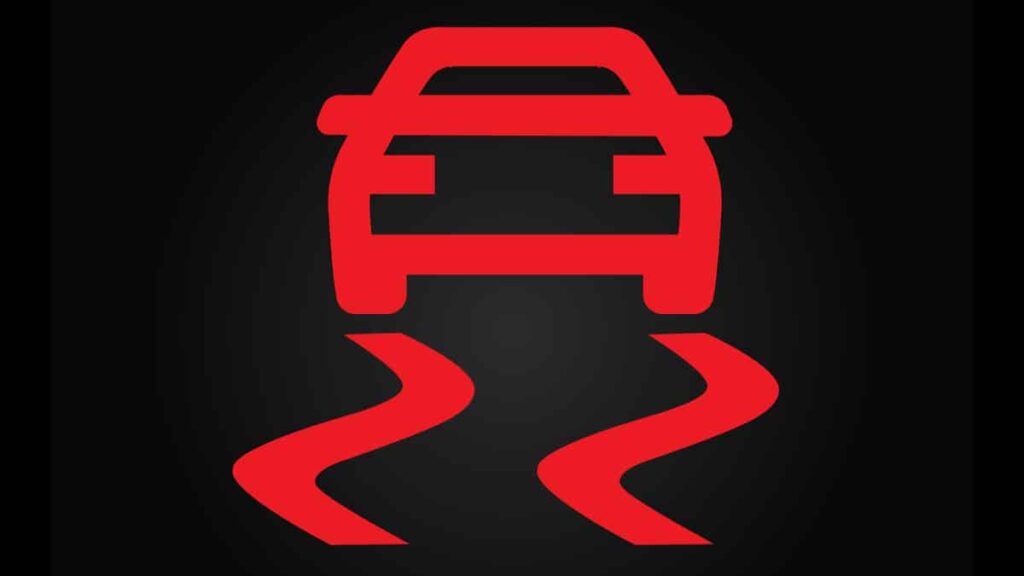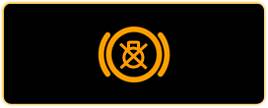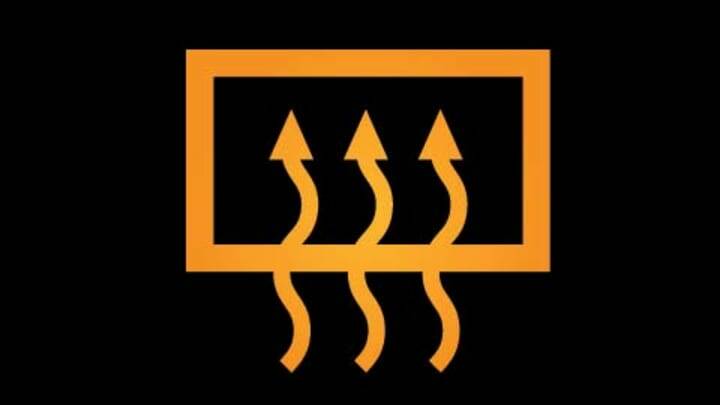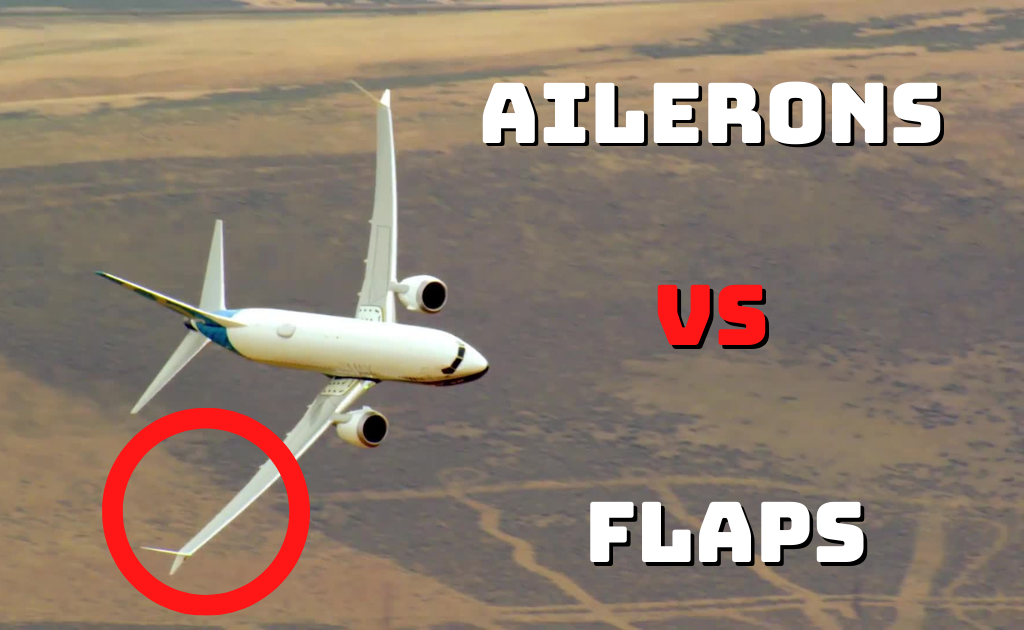
As a commercial airliner takes off, flies, and lands, the wing and its many panels and surfaces will rise and fall and change position. But what exactly do all of these panels do, and when would you use one over another?
You’re probably familiar with the terms ailerons and flaps in relation to airplanes and have probably witnessed ailerons in action if you’ve ever had a clear view of the wings during a flight. The airflow over the wings, stabilizers, and tail is manipulated in flight using these and other control surfaces.
As it turns out, your hand can serve as a reasonable stand-in for an airplane wing. When you stick your hand out the window of a moving car, it acts as a wing, an aileron, a spoiler, and a flap all at once (maybe even a slat if you really spread your fingertips out).
Flaps vs. Ailerons
Ailerons and flaps are often mistaken for one another. Although both switches are located on the wings’ rear edges, their purposes are clearly different.
| Ailerons | Flaps |
| Ailerons help pilots maneuver their aircraft. | Flaps change the lift characteristics. |
| Ailerons are connected to the tips of the wings. | Both wings have flaps attached toward the root wing. |
| Ailerons move in opposite directions to create the opposite effect on each wing. | Typically, flaps will move in the same direction. |
Ailerons
They are situated along the straight edge at the tips of the wings (non-cambered). The Ailerons aid in turning by allowing the plane to roll. Compared to the wind flaps, these are tiny. When one wing’s aileron is raised, the other is lowered. With one Aileron up, the wing will tilt downwards, while the other Aileron down will cause the wing to rise.

When the pilot increases lift on one wing and decrease it on the other, the plane rolls to the desired bank angle and turns in the direction the plane is banking.
Types of Ailerons
Learn about the various ailerons used in aircraft here. The primary focus of the designers is on mitigating the impact of the adverse yaw on the airplane,
Differential Aileron

The concept of differential ailerons is straightforward. When one aileron is raised, the other is lowered a smaller amount. To counteract the adverse yaw caused by the lowered aileron, the raised aileron will generate additional drag on the descending wing. Even though there is some drag when using the ailerons, it helps to counteract the yaw so that it is less of a problem.
Frise-Type Aileron

The aileron that deflects upward on a Frise aircraft also extends downward on the wing because of the offset hinge. The net effect is the same as when using differential ailerons, with more drag being generated by the lowered wing to cancel out the drag generated by the raised wing. When lowered, the frise-type ailerons on some aircraft create a passageway for air to flow over them. When flying at low speeds and high angles of attack, the aileron’s reduced height is particularly useful.
Role of Ailerons
The phase of flight where ailerons need to play their role is discussed below.
Maneuvering
Aircraft maneuvering is assisted by ailerons. A greater difference in pressure between the upper and lower atmospheres is needed to generate more lift, so they must increase their speed of flight. Or they could try a steeper angle of attack.

An airplane’s wing’s angle of attack is the slant between the wing’s chord line and the relative wind. The lift produced by the wing is enhanced when this parameter is raised. Simply put, the chord line is a made-up line connecting the airfoil’s leading and trailing edges.
For ailerons to function, the chord line must be manipulated. An aileron mounted at the trailing edge of a wing can alter the chord line when depressed. The resulting change in the angle of attack is due to the aileron. More lift is generated by that section of the wing than any other.
Adverse Yaw
The fundamental flaw in the operation of ailerons presents the aircraft designer with a significant challenge. An increase in lift from a steeper angle of attack results in a comparable increase in drag. As a byproduct of lift, this drag is always present. This phenomenon is known as induced drag.
Ailerons can only raise the angle of attack at the leading edge of the wing. The airplane’s nose will be pushed away from the turn by that force. Adverse yaw occurs when the yawing force counteracting the pilot’s efforts to turn.
The adverse yaw produced by aileron control is a feature of all aircraft, though its subtlety varies from model to model. Some pretty ingenious solutions to this problem have been developed by designers. Some ailerons, for instance, are made so that they generate additional drag on the raised aileron side. As a result, there is resistance from both sides, and the nose stays put.
Flaps
Positioned on the non-cambered inner straight edge of the wings, a safe landing depends on these. They drop to aid in the plane’s deceleration. When taking off, they angle themselves upward by about 10 degrees to increase lift, giving them a margin in case something goes wrong.

Designers deliberated the use of flaps as a means to increase lift, decrease drag, and slow down landing speeds. One of the earliest commercial aircraft to use flaps, the DC-3 airliner was able to achieve a sweet spot between cruising efficiency and manageable landing and takeoff distances.
Types of Flaps
Flaps come in variations that serve the same purpose with a slightly specialized application.
Plain Flaps

The plain flap is the simplest type. When extended, plain flaps pivot downward from their hinge at the rear of the wing. However, they can only generate a small amount of lift. Because the air loses energy and begins to detach from the wing as it passes over it. When the flaps are fully extended, the separation of the airflow is even more pronounced, producing a sizable wake behind the wing. Yet, that wake can be exploited to your benefit. You can fly a steeper approach to landing thanks to the drag created by the wake.
Split Flaps

Then, there are split flaps, which diverge from the wing’s underside. Like their plain counterparts, split flaps generate a lot of drag but produce a small amount of lift. These days, split flaps aren’t very common, but you can see them on the wings of several vintage warplanes at the airshow.
Slotted Flaps

These days, slotted flaps are the standard, and you can find them on planes of all sizes. Like other flaps, they can be used to increase the camber of a wing. They create a passageway between the wing and the flap at full extension.
When the flap is opened, high-pressure air from below the wing can flow through it and into the upper surface. This improves lift and reduces drag by adding energy to the wing’s boundary layer and delaying airflow separation.
Fowler Flaps

A wing’s surface can be increased with the help of fowler flaps, which slide along rails or tracks to spread out. Slotted-Fowler flaps are a common variant of the Fowler flap that includes a series of slots to increase the airflow’s kinetic energy. The initial stages of a Fowler flap’s extension are optimal for takeoff because of the large lift increase and the negligible drag increase.
Role of Flaps
You can find answers for when and why flaps are used in various flight phases here:
Takeoff
Aircraft use flaps to reduce the amount of runway they need to roll on during takeoff. You can turn them on with a dedicated electronic switch in the pilot’s cabin. In exchange for a less steep take-off angle, flaps allow an airplane to “lift off” the runway sooner and at a slower speed in exchange for a less steep take-off angle. If there are buildings or mountains in the way, this could be a consideration.
In general aviation, small planes may choose to use flaps during takeoff when the runway length is inadequate. Soft or uneven ground is another common application. Greater lift from the flaps relieves stress on the tires, allowing for a more comfortable takeoff and faster forward progress.
Landing
In most cases, pilots choose to use flaps when landing. Planes use their flaps long after taking off from the airport. Until the final stages of the landing pattern, smaller aircraft typically wait to deploy them.
If the pilot wants to get the plane even lower to the ground without increasing its speed, he or she can lower the plane’s flaps. This improves the visibility of the runway and, more importantly, enables a steeper landing angle without gaining speed. Flaps should not be used when there is a high probability of encountering extreme wind conditions.
Rolling landing
After landing, the aircraft’s flaps can be used as air brakes to shorten the amount of roll distance required to stop on the runway. When the runway is particularly short, this may be essential.
Conclusion
Now you know the difference between ailerons and flaps and their different kinds and how they each function. “So next time you see a soaring eagle, pay attention to how the wing changes shape depending on whether it needs high or low speed; you may well be looking at the inspiration for the next generation of aircraft wings.” said Plumb.
